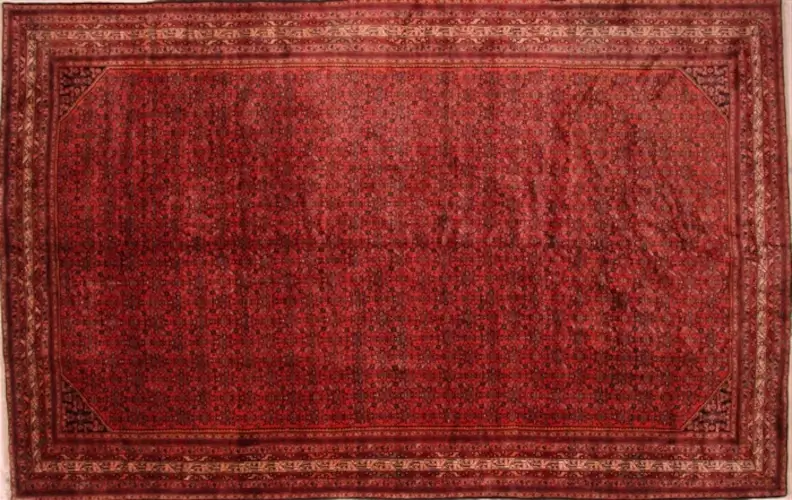Enjilas (Enjelas) or Simin-e Abaru Rugs
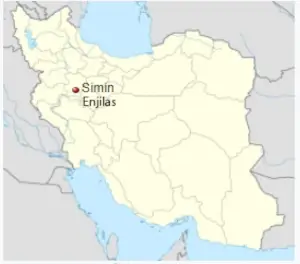
Simin-e Abaru or Simin-e Everu known
formerly as Simin-e Enjelas is a village in
Abaru rural district south of Hamadan in
which antique Enjelas rugs have been woven.
The village has reputation for its traditional
stone architecture as well as its rugs and
runners which could be considered as the best
of Hamadan pieces.
Raw materials of the area are famous to be of
high qualities, specially a fine kind of cotton
yarn making the pieces flexible.
Not every pieces sold under the title are true
Enjilas. Some are same in raw material and
design but not same in weave quality. These
are attributed to Abaru (termed as Everu) the
whole area Enjilas belongs to.
Enjilas (Enjelas) or Simin-e Abaru Rugs
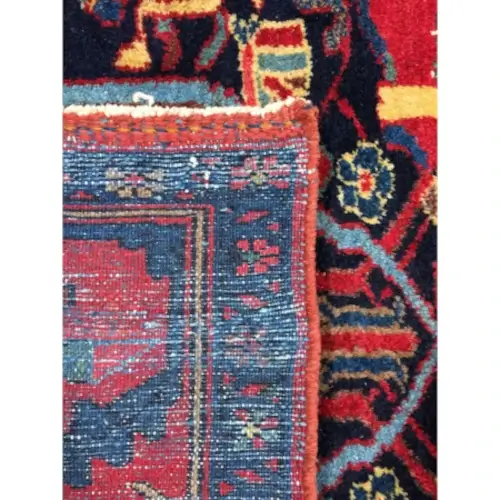
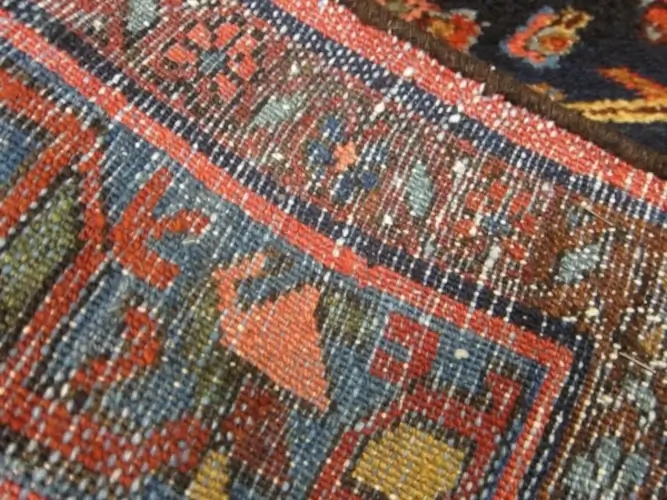
Enjilas rugs are woolen piled, single-wefted,
and woven with the symmetrical/Turkish
knot on cotton warps and wefts.
Most of pieces are rugs and runners both in
various sizes.
Enjilas knotting starts at 160,000/m2
reaching to 170,000 and maybe 180,000 in
high antique pieces. Everu pieces have
between 130,000 and 140,000 knots/m2.
Dyeing and painting of Enjilas rugs
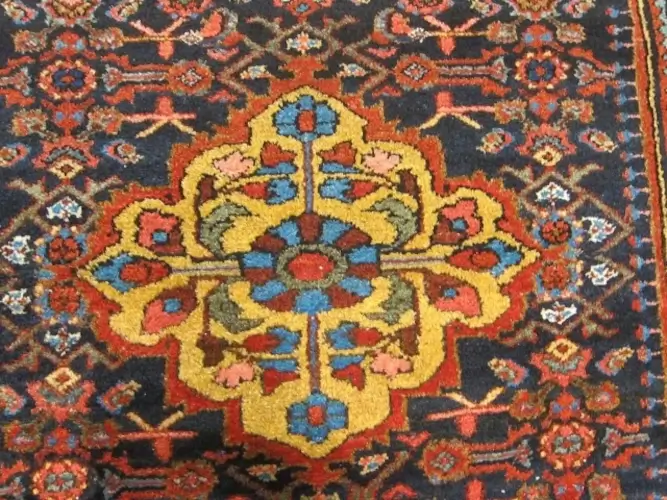
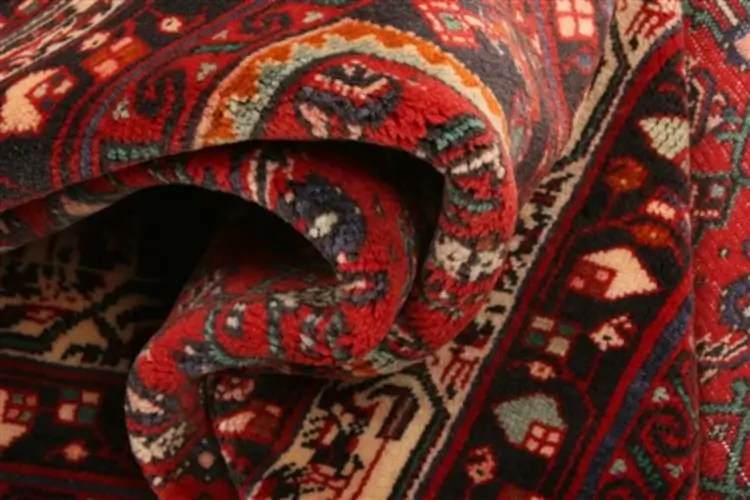
Dark blue and red grounds are common
among Enjilas pieces. True Enjilases are
benefited from the best of Zagros’ natural
dyes.
Madder of the area bring unique shades of red
on Enjilas palette including pink, rosy and
vermillion.
Light blue, turquoise, yellow, cream, green
and brown are common secondary colors.
Designs and patterns of the Enjilas rugs
The main design of Enjilas formed of Herati
patterns and small corner (lachaks), without a
central medallion.
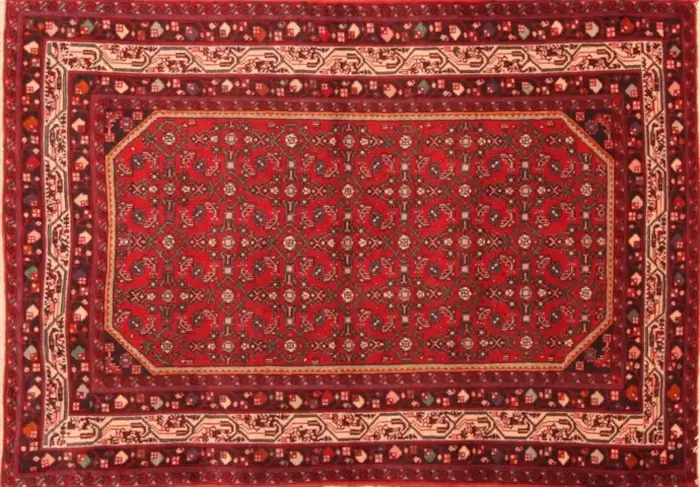
Herati or Mahi (fish) is a basic repeating
pattern, the general form of which consists of
a flower framed in a diamond with curving
leaves out of it parallel to each side. Recalling
tiny fishes, these curving leaves have been
called ‘mahi’ most probably by weavers and
merchants.
Corners are essential parts of central
medallion designs. Having corners without a
medallion, makes Enjilas a unique feature
among Persian rugs.
